
Berkeley Has More than 30 Museums to Explore
By Mary Charlebois
What is a museum exactly, and why do we love them so much? Merriam-Webster says a museum is an institution devoted to the procurement, care, study, and display of objects of lasting interest or value.
Berkeley California is a museum nerd’s happy place. There are museums, covering everything from Anthropology to Zoology. Many are associated with UC Berkeley. Others are private, some are community creations.
Here are 30+ museums to explore in Berkeley California.
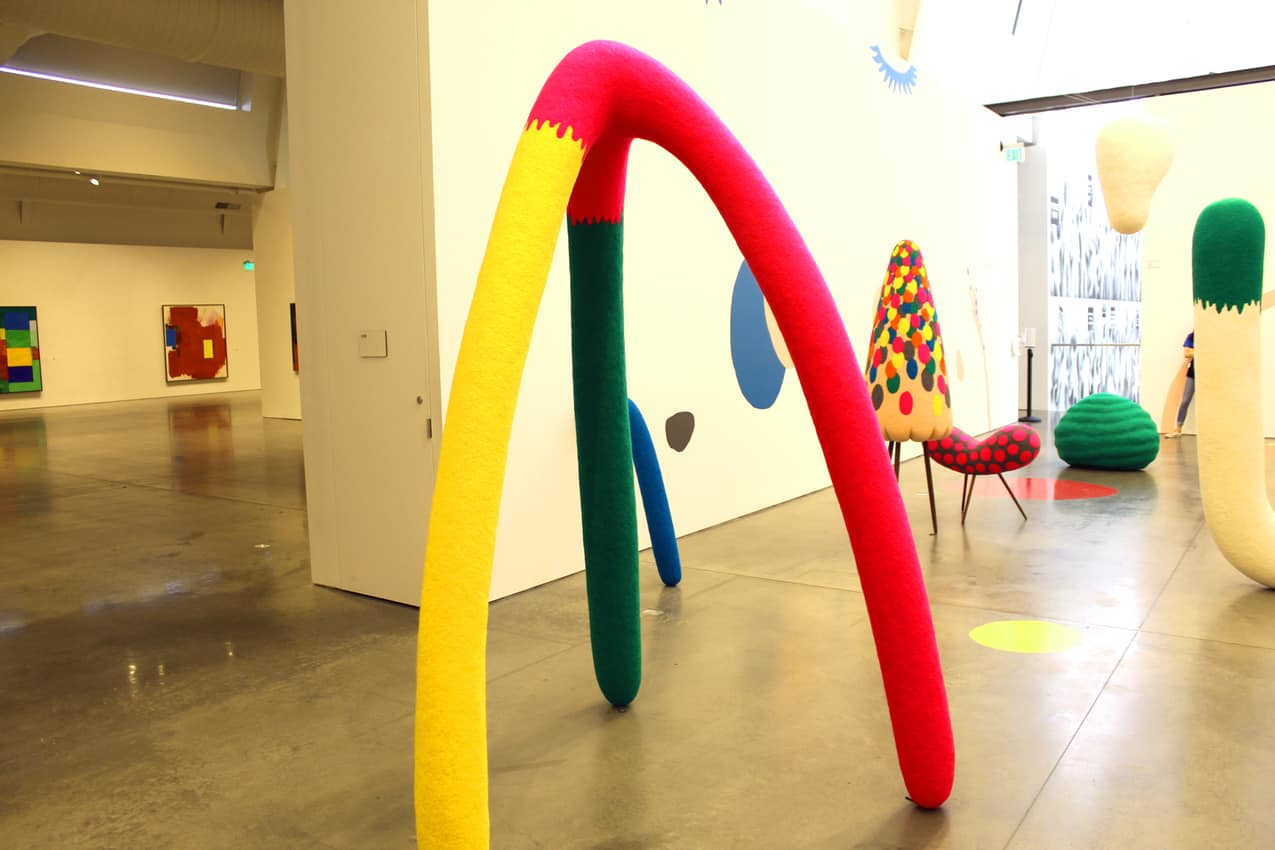
Berkeley Art Museum and Film Archive
Berkeley Art Museum & Pacific Film Archive (BAMPFA) is a twofer. Modern art and a film museum reside in the same magnificent building. This University of California visual arts center is a feast for your eyes and ears.
Their mission is to “inspire the imagination, ignite critical dialogue, and activate community engagement through art, film, and other forms of creative expression.” They have been at this mission since 1881.
The Berkeley Art Museum is populated with changing exhibits, an indoor amphitheater, library and study centers, Fisher Family Art Lab, reading rooms, a café, and gift shop.

Paintings and sculpture are decidedly modern. Some pieces call upon ancient subjects or techniques, others are innovative, even controversial.
The space is cavernous in places, with 3rd floor-ceiling heights. The building is a work of art itself. Spaces are designed for public participation in the making, teaching, and viewing of art.
The Pacific Film Archive is the largest film archive in the world and continues to grow. The collection is housed in a climate-controlled bubble inside the BAMPFA building.
A film lover’s dreams come true here. The film center is used for research by film students, historians, and professionals from around the globe.
Public showings of archived films are enjoyed in a state-of-the-art theater. Film talks are frequent. Every style, era, and language are exhibited.
Access to archives requires an appointment. While I was in Berkeley, I met an author that was researching some 1940s Film Noir, looking for a shot of an apartment building that had been torn down. He had waited a year to view the films and photographs of the area.
In 2016, the former UC Berkley printing plant, a 48-thousand square foot 1939 Art Deco building, and 35-thousand square feet of new construction became a new home for BAMPFA. website
Phoebe A. Hearst Museum of Anthropology
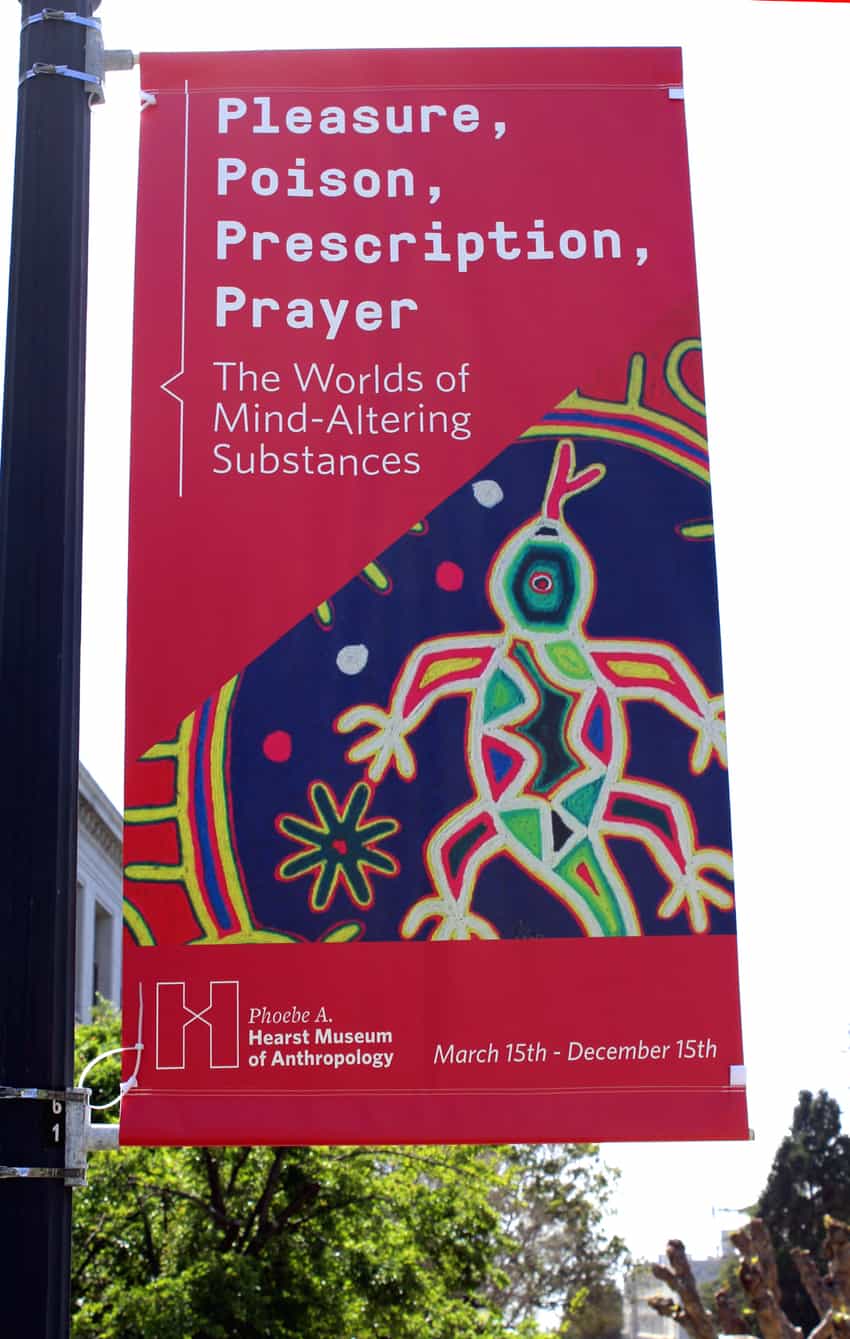
The museum mission is, “To steward a vast collection of objects spanning the infinite breadth of human cultures for the advancement of knowledge and understanding.” The ever-growing collections and changing exhibitions have accomplished the goal.
Cultural artifacts from around the globe illuminate daily life, art, music, celebrations, and ceremonies.
Until December 15th, 2019, Pleasure, Poison, Prescription, Prayer: The Worlds of Mind-Altering Substances, examines human substance use from ancient beer drinking to our current opioid crisis. website
UC Berkeley Botanical Gardens
This living museum maintains a wide-ranging collection of plants. The 34-acre garden is considered one of the most diverse landscapes in the world. Included in the 10,000+ plants are many rare and endangered species.
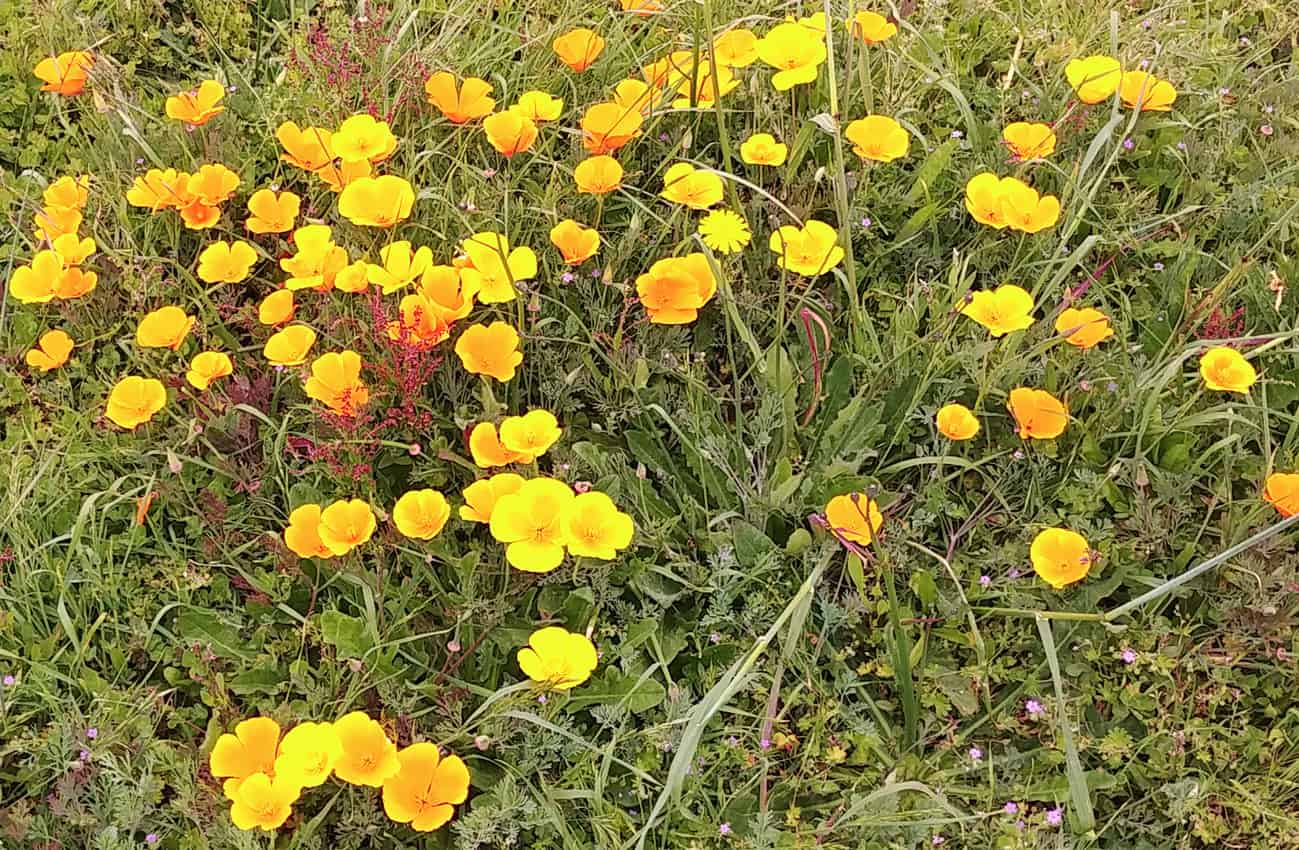
Established in 1890, the garden has 9-regions of plantings from Italy to South Africa. The collection of California native plants is exceptional.
Visit the California area, then wander through a Chinese Medicinal Herb Garden, a Garden of Old Roses, a Tropical House, an Arid House, and a group of drought tolerant ferns.
There are Orchids, ferns, and carnivorous plants. Useful plants are grouped together. Often called herbs, rare and unusual species are featured.
A lively schedule of exhibitions, programs, workshops, festivals, and Redwood Grove Festivals takes place year-round. Gardening experts also lead tours to gardens around the globe. website
Aftel Museum of Curious Scents
You might think you have the wrong address at first. Watch for the window-lined with shapely perfume bottles.
On a tree-lined residential Berkley street, Mandy Aftel, a perfumer, has created a museum of scents. Her knowledge of aromas comes from her distinguished career as a maker of perfumes. Her extensive collection of rare scent related objects is fascinating.
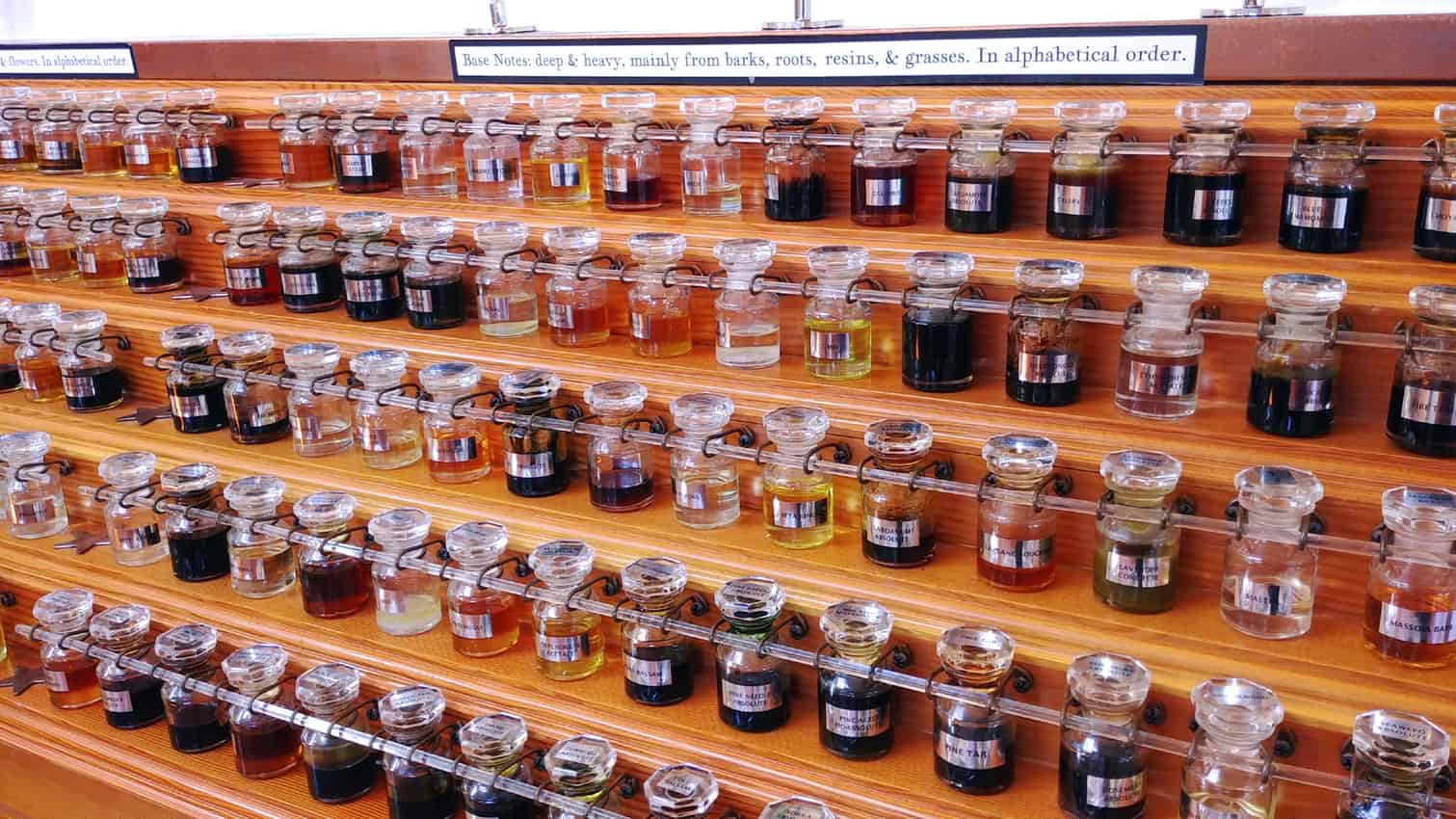
Mandy’s Scent Organ, with over 300-essences, is an instrument for creating your own personal scent.
If you want to take some with you, Mandy will mix it for you and decant in the size you’d like.
She has global clients that have their personal scent developed and handmade in Mandy’s lab.
The building that houses the museum was hand-built by the Aftel’s. It is a work of art and a lovely, inviting space. Classes are held there in all things related to choosing, making, and wearing scents. See the website for class schedules museum hours, and tickets. website
More Berkeley Museums/Libraries/Collections
Habitot Children’s Museum is an award-winning children’s museum founded in 1992. The discovery-museum is designed for infants, toddlers, and preschoolers and encourages interaction between parents and children. Exhibits, classes, and camps are offered year-round.
Bancroft Library is the primary special collections library at UC Berkeley.
Oral History Center – The repository for over 4,000 recorded interviews on every topic imaginable. Many have been transcribed and may be viewed online.
Mark Twain Papers and Project is a collection of the private papers of Samuel Langhorne Clemens, Mark Twain. The Mark Twain Project is producing an annotated digital publication of everything Clemens wrote.
Center for the Tebtunis Papyri, is the most extensive collection of papyrus texts in the Americas. The center continues to work conserving, cataloging, imaging, and translating the over 26,000 fragments of ancient writings and drawings.
Digital Scriptorium is a consortium of American libraries and museums sharing resources. UC Berkeley belongs and shares with other museums in the system.
Magnes Collection of Jewish Art and Life. Established in 2010, the holdings include art, objects, texts, music, and historical documents about the Jews and the American West.
Bancroft Collections – These online resources cover a wide range of topics related to genealogy, sports, law, art, campus, and Berkeley history.
The Berkeley Folklore Program Archive. This outstanding archive contains more than 600,000 folklore items from around the planet.
Berkeley Language Center Collections and Archives. The Berkeley Language Center is the repository of written and spoken material relevant to teaching and learning language,
Berkeley Natural History Museums curate over 12-million specimens in anthropology, botany, entomology, herpetology, mammalogy, ornithology, and paleontology.
Berkeley Ecoinformatics Engine provides biodiversity information gleaned from the University’s numerous databases.
Holos is designed to uncover “dark” data and isolated collections, then digitize targeted specimens within the Berkeley Natural History Museums and Berkeley’s research labs.
C.V. Starr East Asian Library Digital Collections include a Chinese Poster collection, Chinese stone rubbings, and Japanese historical maps.
Survey of California and Other Indian Languages is an archive and research center for indigenous languages of the Americas.
California Language Archive is a survey of California and other Indian languages of the Americas.
Jean Gray Hargrove Music Library holds 180,000 volumes of books, printed music, 50,000 sound, and video recordings, and 30,000 microfilms. All are to support the study and performance of music.
The Earthquake Engineering Online Archive is a database of literature, photographs, data, and software in earthquake, structural, and geotechnical engineering.
College of Environmental Design Archives was created to raise awareness of the architectural, landscape, and design heritage of Northern California and beyond.
Visual Resources Center is a library of teaching and research images illustrating California architecture, landscapes, and cities.
Essig Museum of Entomology – A collection of over 5,000,000 terrestrial arthropods. These are creatures that live on land, are invertebrates with an exoskeleton made of chitin and covered with a thick protective layer. They have segmented bodies, six legs or more which are jointed.
Human Evolution Research Center houses a collection of remains tracing human evolution. The museum is involved in field research, education, and publication.
Lawrence Hall of Science is UC Berkeley’s Public Science Center. It is designed to “inspire and foster science learning for all—especially for those with limited access to science.” Hands-on indoor and outdoor science exhibits allow families to build machines and buildings, interact with animals, and experience the Planetarium. Ideal family museum.
Media Resources Center – A collection of instructional audio and visual media used in UC Berkeley classes.
Museum of Vertebrate Zoology was founded in 1908. The museum has a curated collection of 700,000 specimens of terrestrial vertebrates. This museum is a research facility and closed to the general public. There are public exhibits directly outside the museum and in two hallways of the Valley Life Sciences Building.
Berkeley Historical Society is dedicated to researching and preserving Berkeley’s history. The all-volunteer staff offer exhibits, lectures, walking tours, and publications. People’s Park—Fifty Years, opened in 2019. The exhibition presents the events of 1969, leading to the development of People’s Park. Some of the photos shown have never been available to the public.
For all museum hours, admission price, and directions, visit each institutions website. For places to eat, sleep, and play in Berkeley go to Visit Berkeley.
- Varna: A Pearl On The Black Sea Riviera - February 5, 2024
- Phoenicia Malta—A Host To World History - October 6, 2023
- Rollink Collapsible Luggage - October 21, 2022


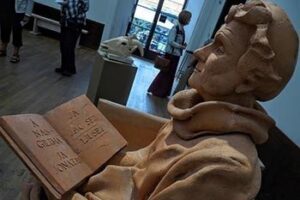

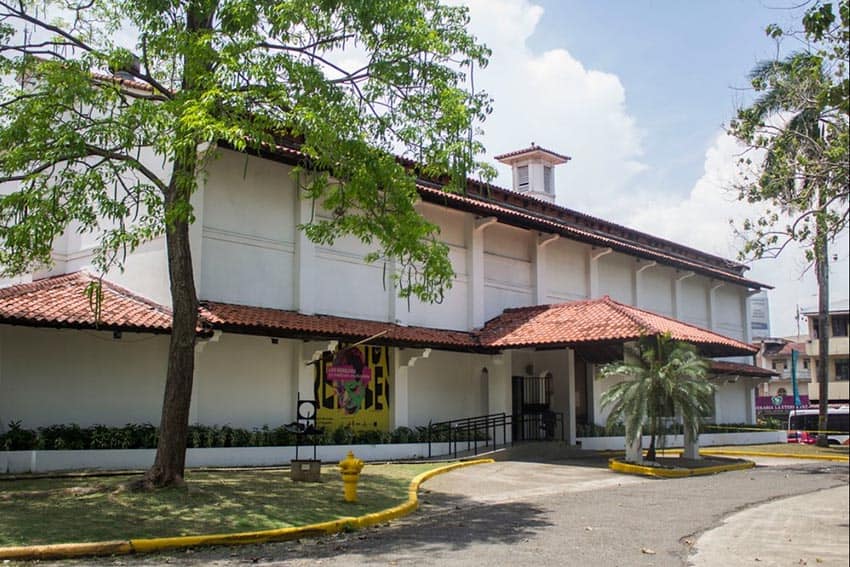
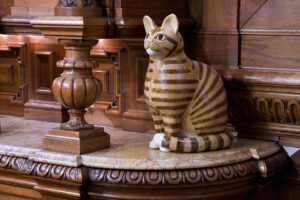
Proud to be featured here in the top Berkeley museums! 👏💜 Aftel Archive of Curious Scents
Mandy, meeting you and exploring your delightful world of scent was the highlight of my Berkeley visit. Thank you for allowing me to share it with GoNOMAD readers. –Mary Charlebois